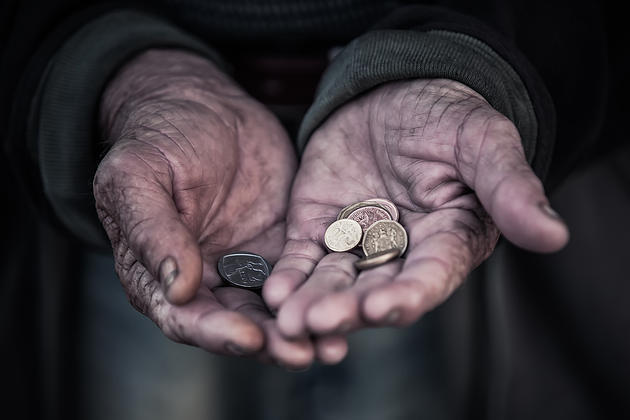
The epidemic of the elderly homeless is growing rapidly in recent years and has causes from many different fronts. Like any growing homeless population, the elderly homeless population poses a significant amount of unique problems that can cause or exacerbate many individual and societal ills. Though many of these issues seem insurmountable or generally difficult to grasp, there are many solutions that can be implemented to reduce the amount of elderly homeless on the street and in shelters.
Causes
Although a cause for homelessness can’t be pinned down for every homeless person, or even every homeless person in a particular subgroup, there are generalizations that can easily be made within the groups themselves. The elderly, even ones who are not destitute, are generally at a few stark disadvantages compared to the rest of the population. This can be seen in the fact that 3.6 million American seniors are below the poverty line. Unlike other segments of the population, the elderly may not be able to generate any additional income to get out of poverty.
The effect of poverty can be seen when the issue of affordable housing is discussed. This lack of affordable housing has less to do with the price of the home than you may think. It is due, in large part, to the cost of several other things that the elderly experience, such as health issues that may become costly over time. With certain resources, such as social security benefits, running out, as well as the fact that many workers are unable to save up for retirement, it is no surprise that this problem may worsen significantly as people are able to get less and less money after they are unable to work.
Another concern that many elderly Americans will run into is the likelihood of a specific “trigger event” that will send them into a downward spiral, leading to homelessness. Often the elderly will see the dissolution of a long-lasting marriage, whether from divorce or death. This may cause them to become depressed and withdrawn, leading to a lack of care for themselves and possibly even destitution.
It’s also likely that they will experience their own declining health that, as mentioned before, will bring up a lot of specific economic challenges that other segments of the population may not have to experience. Mental health concerns, in particular, are of consequence when discussing the elderly homeless as many of them will go to their primary care physician for the physical symptoms of things like depression or anxiety rather than recognizing, or admitting, the problem and seeing a mental health specialist.
Unique Problems
The elderly homeless have significant and unique, problems that are specific to their group. One of the main concerns with the elderly homeless is the fact that many health issues can be caused by or exacerbated by situations that they are exposed to while homeless. Chronic diseases, such as diabetes or arthritis, which may be able to be easily controlled and regulated, may be neglected while homeless. Oftentimes a homeless person of any age will become more physically frail due to malnutrition or even instances of injury or assault. This is especially true of those whose health is already declining due to old age.
Just the act of being homeless can bring about feelings of loneliness and isolation may take over, causing even further withdrawal. These habits and lack of mental stimuli have been shown to have a direct link to Alzheimer’s disease.
Because of these unique problems for elderly individuals, it puts a strain on already under-funded and thinly stretched homeless resources. While many individuals in their late 40s and early 50s in a stable situation may be able to work, the accelerated physical and mental degradation that a person experiences while homeless may take them out of the workforce entirely. This can make it significantly more difficult for homeless resources to help them create a future for themselves until they are in their late 60s.
Solutions
Many of the solutions that can be implemented to help the elderly are easier to create as preventative care methods, rather than waiting for the elderly to become homeless first. One of the possible solutions is to create community living homes which could be subsidized homes at which professional teams can meet the needs of elders who are at risk of becoming homeless or are recovering from being homeless.
These communities could provide several solutions to the elderly that would not be available to them if they were to utilize the usual homeless resources, such as psychiatric care and old age-centric medical care. They would also allow for some self-sufficiency for those who are otherwise healthy.
Even within, or near, these same communities could be a section of subsidized housing for elderly people complete with in home care from the community. This would be a less restrictive option than a nursing home or even a closely monitored community and could be a good option as a stepping-stone to independence for the previously homeless elders.